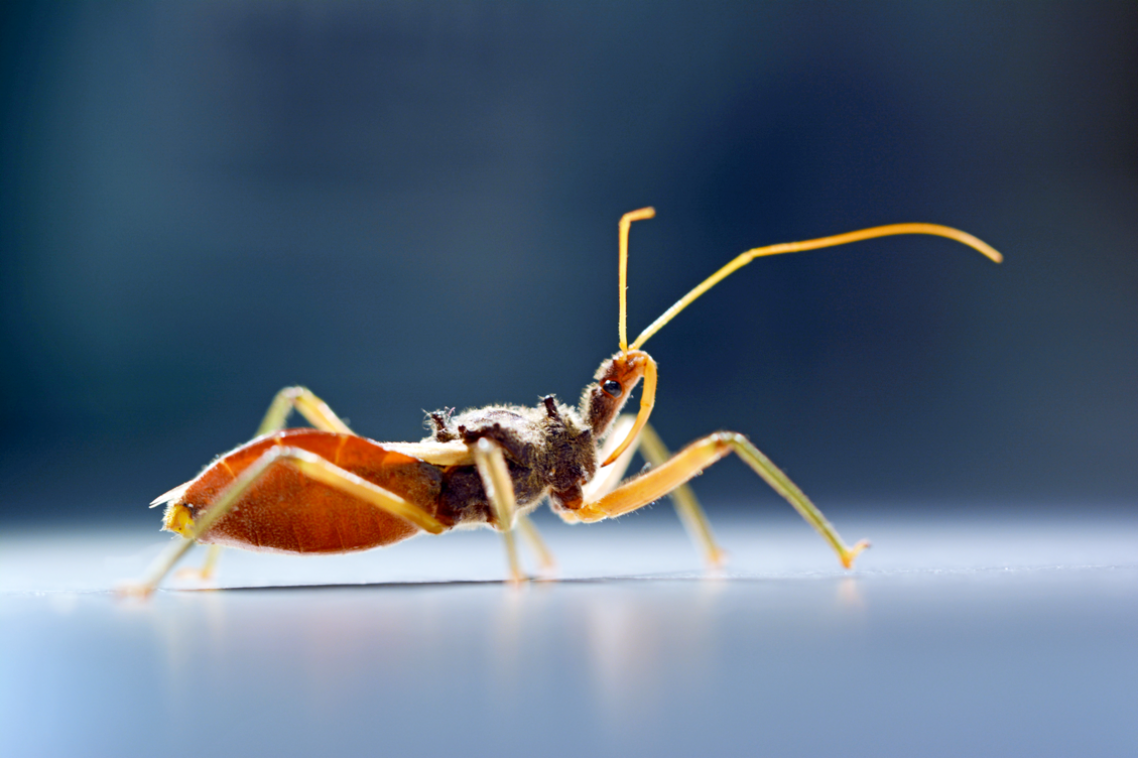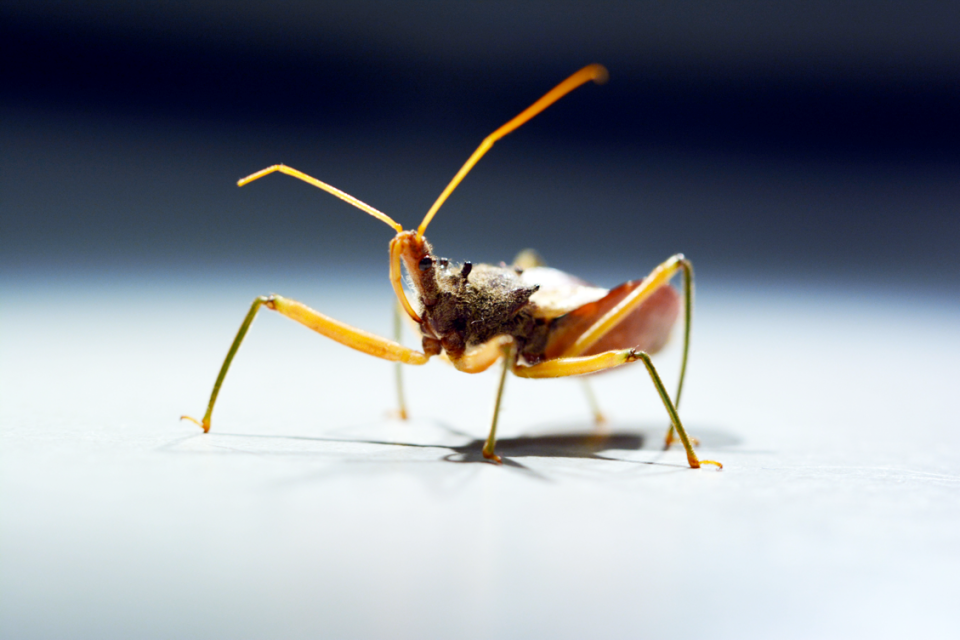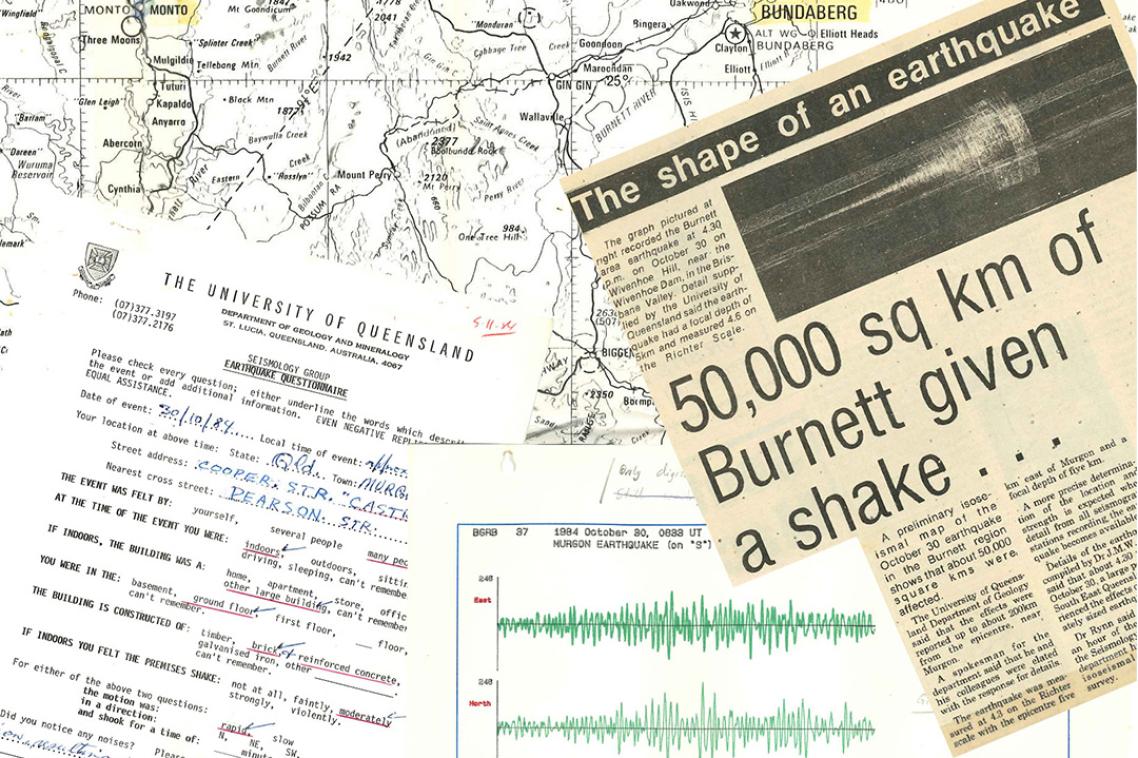Assassin’s venom system packs a deadly double

Venom researchers from The University of Queensland have uncovered a unique and complex venom system within the tiny assassin bug.
UQ Institute for Molecular Bioscience’s Dr Andrew Walker said the venom system of the assassin bug is like no other venomous animal previously studied.
“These aptly named bugs inject insect prey with venom that both paralyses and liquefies the insect, enabling the bugs to suck up the resulting liquid through their straw-like proboscis,” Dr Walker said.
But they also also use venom to defend themselves from predators such as birds, rats, and spiders.
“We discovered that assassin bugs actually make two different venoms, each containing a unique cocktail of over 100 different toxins,” he said.
“This unique venom system is made up of three separate compartments connected by ducts to a series of pumps and valves, allowing assassin bugs to deploy either venom at will.
“We believe one venom is a 'hunting venom' that paralyses and kills bugs whereas the other venom, which can be collected when the bug is under threat, may be used for defence.”

Dr Walker said the dual venom secretions and the novelty of the toxins enhances the scope for discovery of venom components that could be used in biotechnology or medicine.
“The hunting venom seems like a good place to look for leads for eco-friendly insecticides, as it contains many different toxins that have evolved for the specific purpose of killing insects.
“On the other hand, defensive venoms are designed to cause pain and consequently they are a good source of toxins that can be used to reveal new information about pain sensing in humans.”
The bee-killer assassin bug studied by the researchers (Pristhesancus plagipennis) is common along the east coast of Queensland and New South Wales.
The study, published in Nature Communications, was funded by the Australian Research Council and a UQ Postgraduate Fellowship to Dr Walker.
IMB Assassin bug milking from The University of Queensland on Vimeo.
Related articles

Seismic shake-up: digitising 90 years of Queensland’s earthquake history

Miniscule wave machine opens big scientific doors
Media contact
UQ Communications
communications@uq.edu.au
+61 429 056 139
